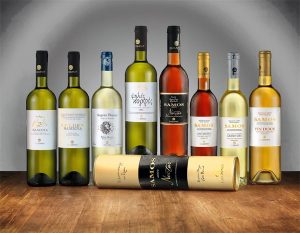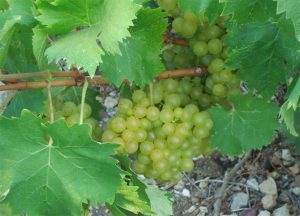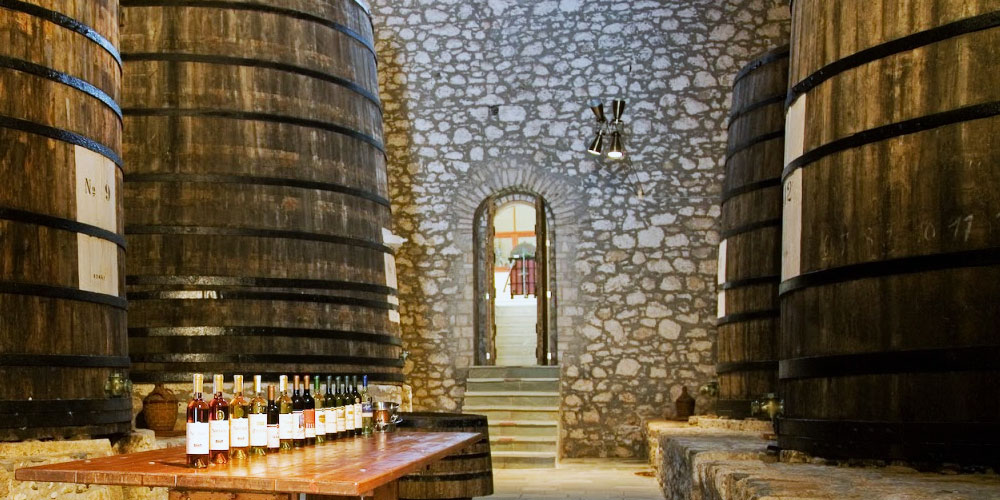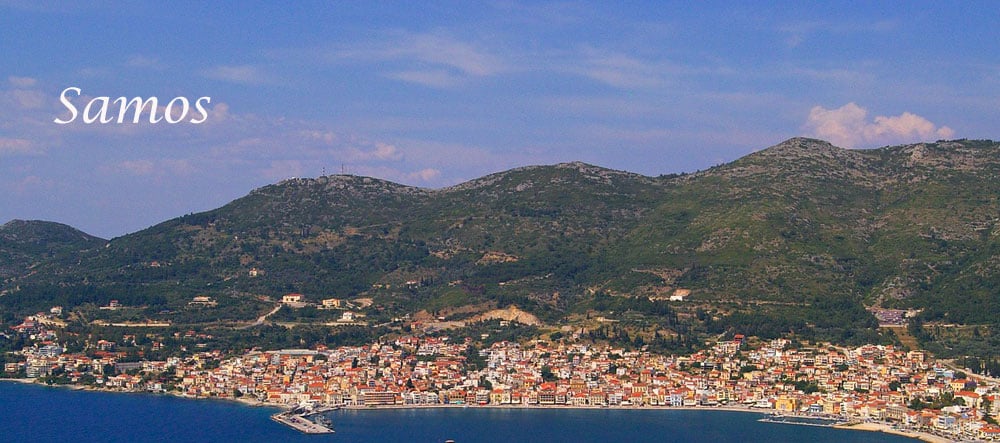Tradition and history of Samos wine

The history of Samos wine goes back to early antiquity when the historical record also includes elements of mythology. It is said that the god Dionysos himself taught the Samians how to cultivate the vine and how to make wine, as a reward for the help they gave him in defeating the Amazons.
Tradition states that the hero of the Argonautic Expedition, Agaios, was the first to teach the cultivation of the vine to the inhabitants of the island. Historical references in ancient times about the wines of Samos can be found in Hippocrates, Galenos, Theophrastus, while it is proven that the “Samians” transported wine from Samos with Samian amphorae to various ports of the then existing world.
During the Byzantine era, references to Samian wines are also recorded, including descriptions of the traveling cleric Willibald who stationed in Samos in 741 AD. on his journey to Jerusalem.

During the Ottoman occupation and after 1562, European powers began to be commercially interested in wine and established a consulate in Samos. In 1700, the French traveler Tournefort and in 1787, the German Friesmann record production of “Muscat” estimated at 3,000 barrels.
The French botanist and traveler J. Pitton de Tournefort, who reported in 1700 information about the quality and quantity of Samos wine.
Since the end of the 19th century, Samos has been supplying the markets of the East and the West with branded wines, and the Catholic Church grants Samos the privilege of making wine with a certificate from the Catholic Mission. “Church wine” is also used by the Orthodox Church for the preparation of the Eucharist.
The area of the cultivated vineyards of Samos is approximately 14,000 acres. More than 98% of these vineyards concern the cultivation of the white, micro-ripe, muscat grape of Samos, which is considered the most noble clone of the large muscat family.
From it are produced the famous “SAMOS” wines and a small amount of table wine, of excellent quality. Two red varieties, Fokiano and Retino, are cultivated in a very small proportion.

The vineyards extend all over Samos while the slopes of Mount Ampelos, at an altitude of up to 860 meters, are verdant. With the intense sunshine, the blue sky and the Aegean breeze, the muscat grape is grown on ancient stone-built “terraces” (terraces) structured to hold and drain the precious soil, creating superimposed narrow strips of land, where often there is not enough space a row of vines.
The excellent subsoil (gravelly, shale and with great drainage capacity), combined with the favorable microclimate for viticulture, enable the grapes to ripen gradually and naturally, as is required for all sweet wines of noble origin. Annual production amounts to approximately 6,000 tons of wine.
The EOSS cooperative
EOSS is one of the oldest cooperatives in Greece. It was founded in 1934 after a mobilization of the winegrowers of Samos, with the aim of ensuring the quality of winemaking and the distribution of wines.
Its historical course proved that the Union was not just a necessity but a choice of strategic importance. In 1970, Samos was the first to be recognized as a Controlled Designation of Origin (DOC), while “SAMOS” wines gained international fame.
Today, 2,500 natural members participate in the cooperative scheme. EOS Samos gathers, vinifies and markets almost all of the island’s wine production. It is constantly modernized and invests in technology and know-how, combining them harmoniously with the tradition of viticulture, while it has ISO and HACCP certifications.
It has two state-of-the-art wineries, in Malagari and Karlovasi, Samos, with a total capacity of 20,000 tons and employs approximately 80 people. The main goal of EOSS in the management of wines is primarily to give the producer-partner the highest possible income.
At the same time, the preservation and expansion of the connection of the Samio winegrower with the land and the vineyard, as well as the upgrading of the quality winemaking activity of the island in accordance with the rules of the modern international market in order to constitute a healthy and competitive economic entity.
